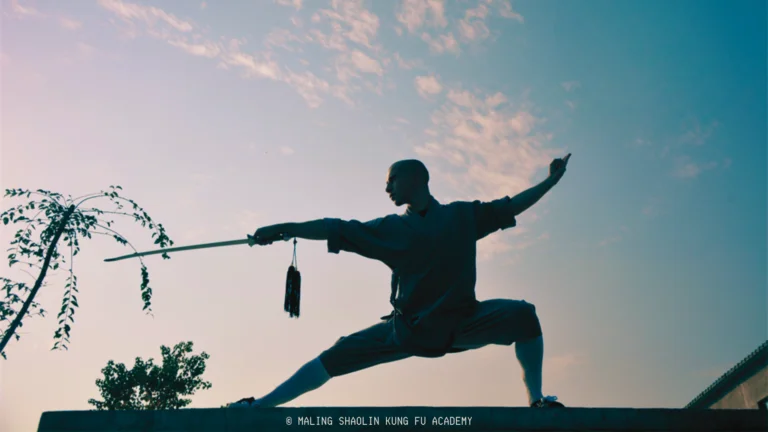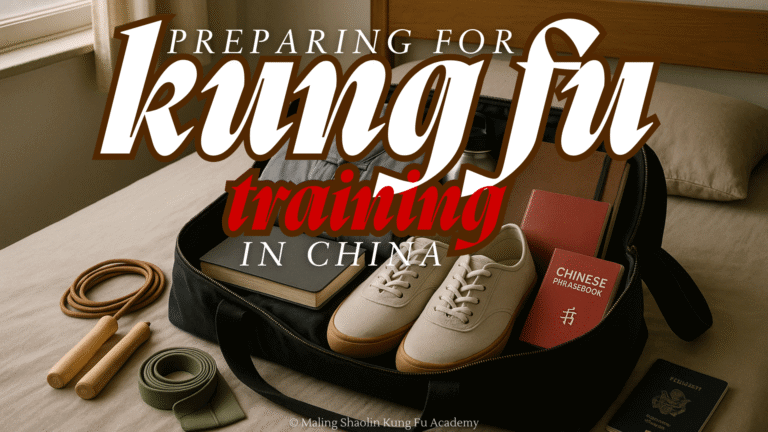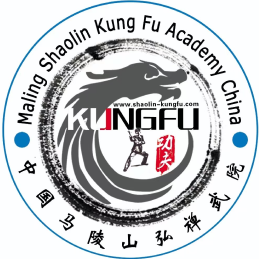
Within the realm of Chinese martial arts, Wing Chun emerges as a gem of ancient wisdom, embodying a unique blend of efficiency, subtlety, and philosophical depth. In this blog post, we embark on a journey to unravel the secrets of Wing Chun, exploring its formation and history, highlighting notable practitioners, and shedding light on its modern applications.
Formation and History
Legend of Ng Mui and Yim Wing Chun
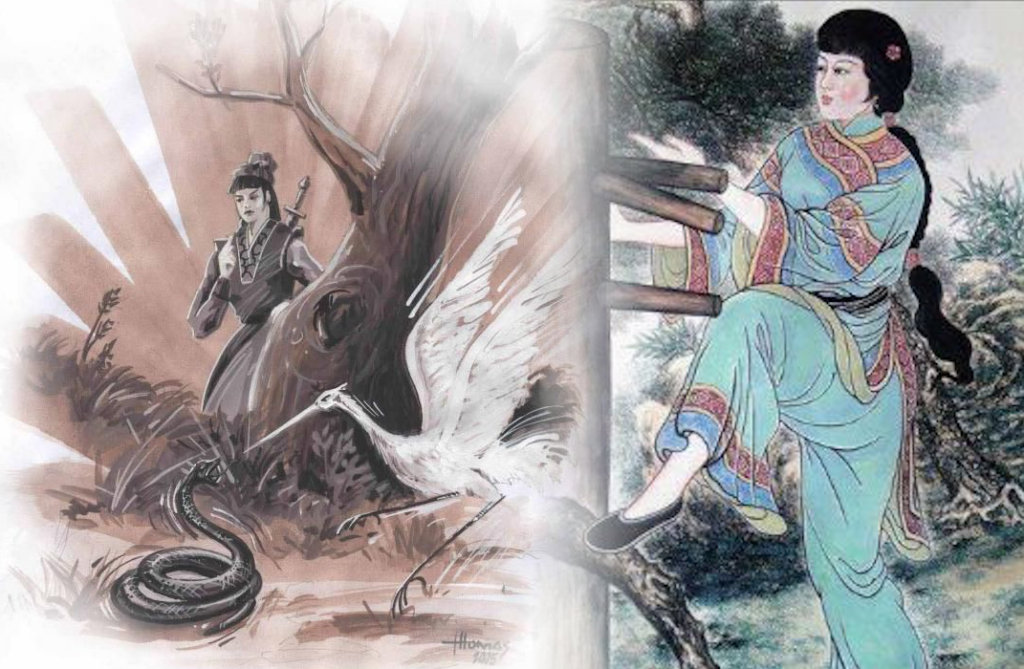
Ng Mui: The Enigmatic Nun of the Southern Shaolin Temple
The tale begins with Ng Mui, a skilled martial artist and a Buddhist nun residing in the southern Shaolin Temple during the Ming-Qing transition. Legend has it that Ng Mui observed a fight between a snake and a crane, noticing how the animals moved with remarkable efficiency and adapted seamlessly to each other’s attacks and defenses. Inspired by this natural display of martial principles, Ng Mui sought to distill the essence of these movements into a martial art that would prioritize practicality and adaptability.
Adapting to Circumstances
Ng Mui’s creation of Wing Chun was not merely an exercise in imitation but a deep understanding of the need for a martial art that could adapt to varying circumstances. During her contemplations, Ng Mui recognized the limitations of rigid, pre-established forms and techniques. Instead, she envisioned a system that could respond effectively to the ever-changing dynamics of combat. Rather than relying on brute force, the art was designed to use the least amount of energy for maximum effect. Ng Mui focused on refining techniques that were quick, precise, and could be seamlessly applied in close-quarters combat.
An Unwanted Marriage
Ng Mui’s journey into the creation of Wing Chun intertwines with the story of Yim Wing Chun. As the legend goes, Yim Wing Chun, a young woman facing an unwanted marriage, sought refuge with Ng Mui. The Buddhist nun, empathizing with Yim Wing Chun’s plight, tailored the martial art to suit Yim Wing Chun’s specific needs for self-defense. The techniques were designed to empower Yim Wing Chun to fend off her persistent suitor effectively.
Yim Wing Chun’s Learning Journey
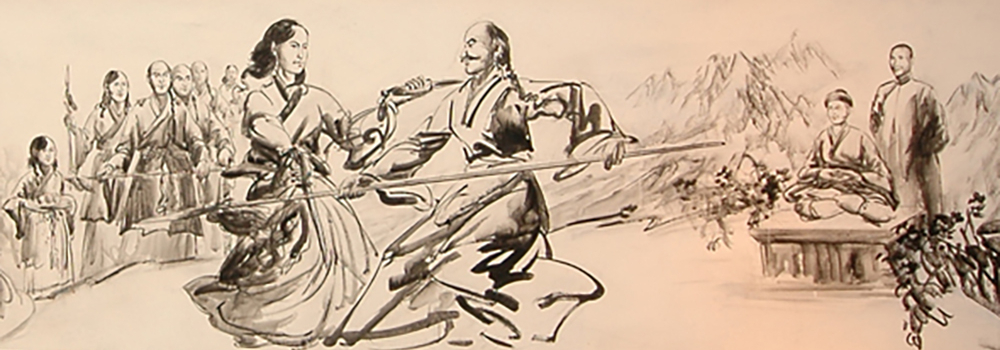
Empowerment Through Martial Wisdom
Yim Wing Chun’s training under Ng Mui was not just a means of self-defense; it became a transformative journey of empowerment. Ng Mui imparted the principles of efficiency, directness, and adaptability, tailoring the martial art to suit the practical needs of Yim Wing Chun’s life circumstances.
Yim Wing Chun in Action
However, the unwanted suitor persisted, and Yim Wing Chun, armed with the skills passed down by Ng Mui, confronted the challenges before her. The nun’s techniques and Yim Wing Chun’s dedicated training payed off and enabled Yim Wing Chun to effectively protect herself against the advances of the suitor. The successful outcome of this real-world application became a testament to the efficacy of Wing Chun as a martial art designed for practical self-defense.
Red Boats and Secretive Beginnings
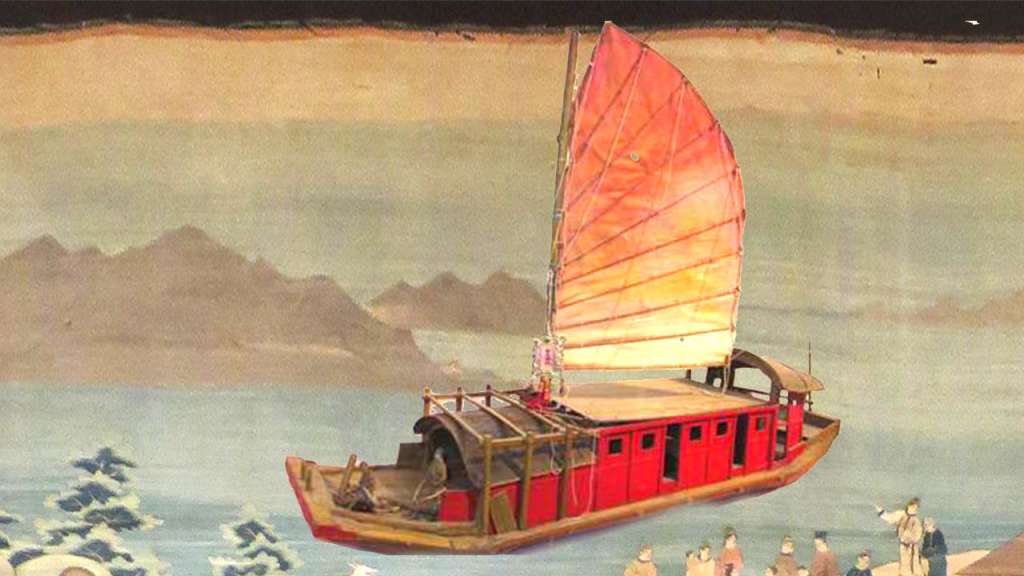
Many years later, legend said Wing Chun was passed on directly from wife to husband, master to student, until a member of the Red Boat Opera Troupe acquired it. The Red Boats era occurred during the Qing Dynasty (1644–1912), a period marked by social and political upheavals. Traditional Chinese martial arts, including Wing Chun, faced suppression, and many practitioners sought refuge in secrecy, often aligning themselves with traveling opera troupes for both camouflage and survival.
Characteristics of Red Boats Opera Troupes
- Traveling Performances:
- Opera troupes, often based on boats painted red, traveled along rivers and canals, bringing entertainment to different regions. These performances included a variety of acts, encompassing singing, acting, acrobatics, and martial arts displays.
- Martial Arts in Opera:
- Many opera troupes incorporated martial arts into their performances, showcasing skills that ranged from traditional kung fu to stylized and theatrical combat sequences. These martial arts displays attracted audiences and also served as a means of physical training for the performers.
- The nature of Wing Chun, with its emphasis on close-quarters combat and efficiency of movement, made it suitable for the confined spaces of the boats and the practical needs of performers who faced potential confrontations during their travels.
Preservation Through Secrecy
During this era, Wing Chun practitioners, including those associated with opera troupes, operated in secrecy. The closed and secretive environment of the opera troupes allowed for the preservation and refinement of Wing Chun techniques. The art continued to evolve, with practitioners adapting to the challenges of the time while keeping the essence of Wing Chun intact.
Influence on Wing Chun’s Development
The Red Boats era played a significant role in the development of Wing Chun as a pragmatic and efficient martial art. The need for practical self-defense techniques in the unpredictable environments of traveling opera troupes contributed to the evolution and refinement of Wing Chun’s principles.
Notable Practitioners
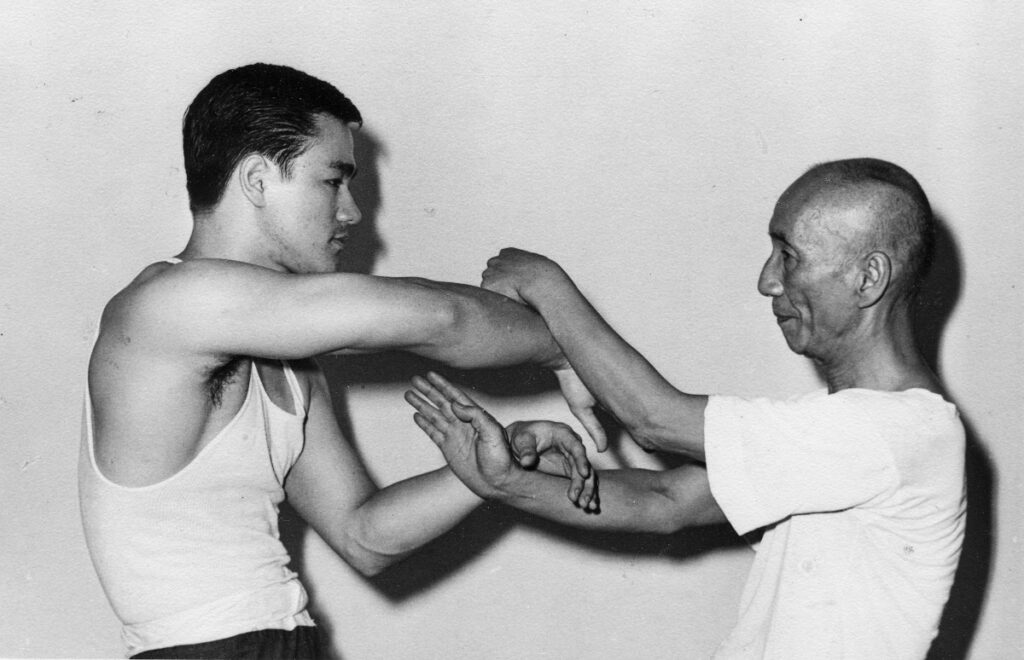
Ip Man: The Grandmaster Who Popularized Wing Chun
One of the most influential figures in Wing Chun’s modern history is Ip Man (Yip Man), who played a pivotal role in bringing the art to the public. Ip Man, a skilled martial artist and teacher, became renowned for his expertise and teachings. His legacy extends beyond Wing Chun, as he trained several notable practitioners, including Bruce Lee.
Bruce Lee: The Iconic Martial Artist and Innovator
While Bruce Lee is celebrated for his contributions to martial arts cinema, he began his journey with Wing Chun under Ip Man. Lee’s exploration of Wing Chun principles influenced the development of his own martial philosophy, Jeet Kune Do, which incorporated the efficiency and directness characteristic of Wing Chun.
Modern Uses
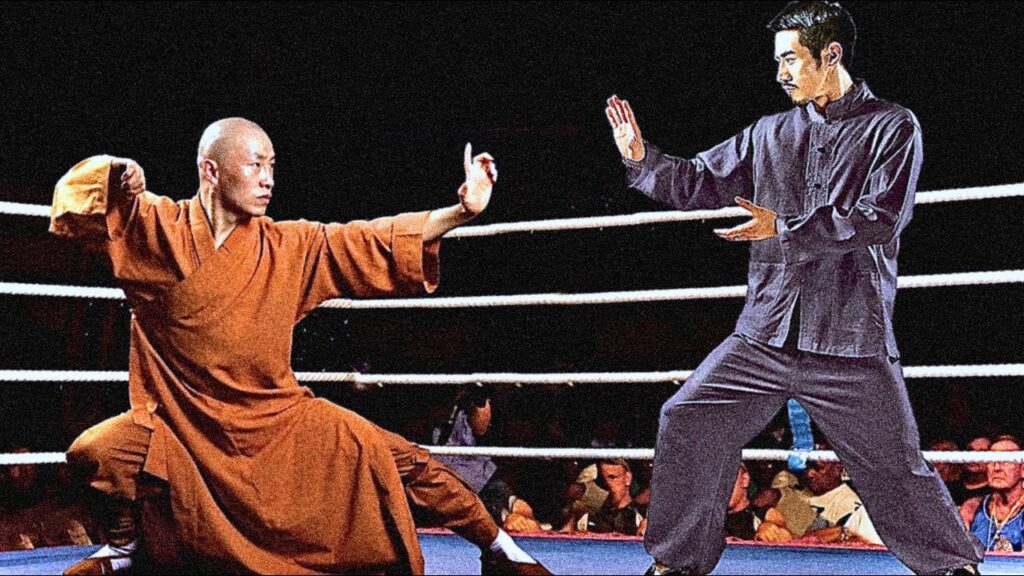
Self-Defense and Practicality
Wing Chun’s emphasis on economy of movement and simultaneous attack and defense makes it highly practical for self-defense. Its techniques are designed to be applied in close-quarters situations, making it effective for real-world scenarios.
Physical and Mental Fitness
Beyond its combative applications, Wing Chun offers a holistic approach to physical and mental well-being. Practitioners develop agility, strength, and coordination while cultivating focus, discipline, and mindfulness through its training methods.
Competitive Sports and Mixed Martial Arts (MMA)
Wing Chun has found its way into various competitive arenas and mixed martial arts (MMA). While its traditional forms may differ from the structure of modern sport fighting, Wing Chun techniques have been adapted and integrated into broader martial arts contexts.
Conclusion
Wing Chun, with its legendary origins and practical applications, stands as a testament to the ingenuity and adaptability of Chinese martial arts. Yim Wing Chun’s story, interwoven with the wisdom of Ng Mui, reflects the transformative power of martial arts in the face of adversity. From the secretive origins of the Red Boat ear to the global influence of Ip Man and Bruce Lee, Yim Wing Chun’s journey continues to inspire martial artists around the world. Her legacy invites us to appreciate not only the practical efficacy of Wing Chun but also the indomitable spirit that fueled its creation. As we continue to unveil the secrets of Wing Chun, we discover not just a martial art, but a living tradition that transcends time, inviting us to explore the essence of efficiency, simplicity, and the harmonious unity of mind and body.

